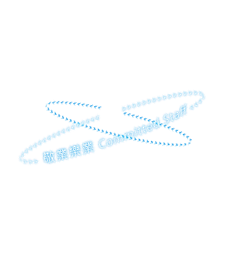Patient blood management (PBM), with the principles of optimizing erythropoiesis, minimizing blood loss and optimizing patient-specific tolerance to anaemia, plays an increasingly important role in the management of both obstetric and gynaecological (O&G) patients. Severe iron-deficiency anaemia among the O&G patients can be caused by (1) chronic periodic blood loss i.e. menorrhagia from various causes, as well as (2) acute massive blood loss from gynaecological or obstetric emergencies. How to reduce the need for repeated blood transfusions in the O&G patients and how to raise their haemoglobin (Hb) levels safely, cost-effectively and with sustained efficacy become two great challenges in O&G practice nowadays.
In this presentation, the data on blood transfusion requirement among the gynaecology patients in Hong Kong, both from surgical and non-surgical causes, will be presented. A brief literature review on the use of intravenous (IV) iron therapy, as an alternative to blood transfusion, for the management of severe iron-deficiency anaemia among the gynaecology, antenatal and postpartum patients will be given.
The results from a local retrospective cohort study at Kwong Wah Hospital on the use of IV iron infusion with a simplified dose-standardized protocol for the treatment of menorrhagic patients with severe iron-deficiency anaemia (Hb level between 6-8 g/dL) will be presented. In this study, 114 patients were recruited, after counselling on the alternatives of blood transfusion versus IV iron therapy. Each patient was treated with two doses of IV Venofer, 200mg each, given within 2 weeks, followed with oral iron supplement. A significant rise in Hb and Ferritin levels was observed 4 weeks after starting IV iron treatment. Over 99% of patients had their anemic symptoms resolved after treatment. Only one case of mild allergy was reported.
Last but not the least, some of the important recommendations in the recently-released Hospital Authority Guideline on “Management of Iron-deficiency and Iron-deficiency Anaemia in O&G Units” will be highlighted. The suggestions on future directions to be considered in PBM in O&G practice will also be presented.








